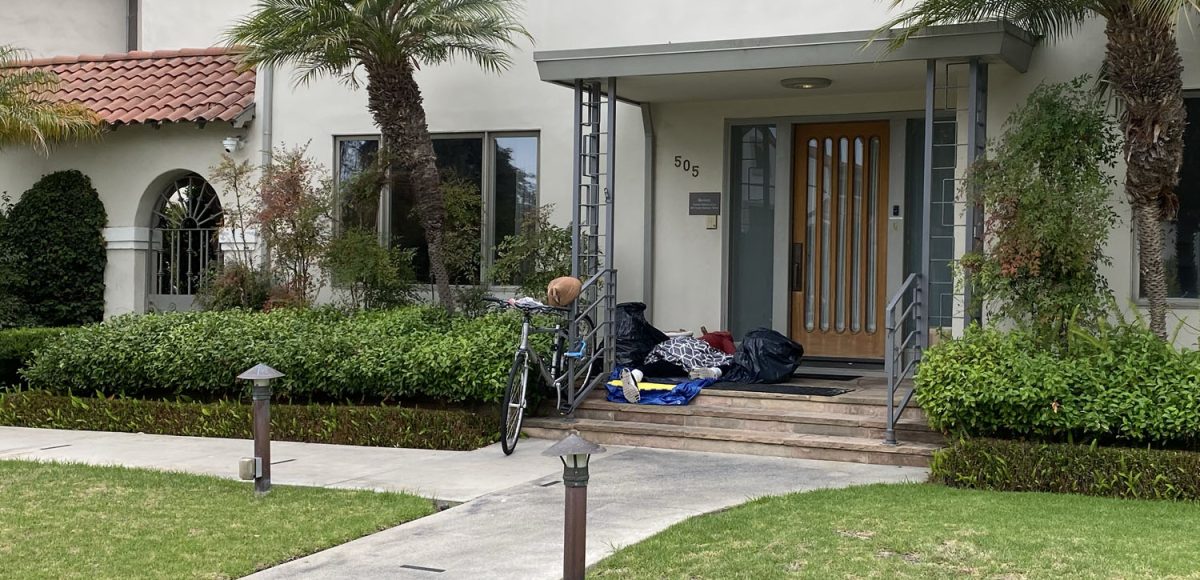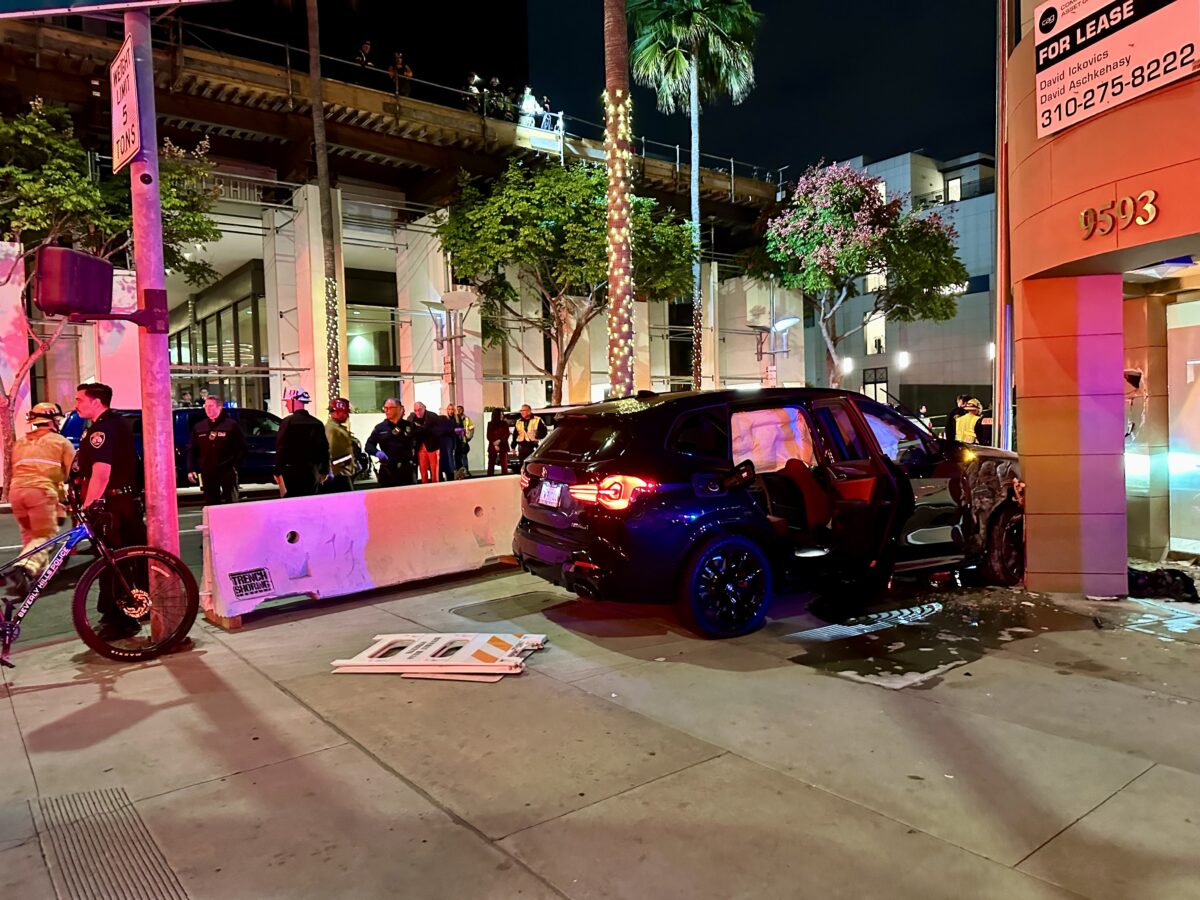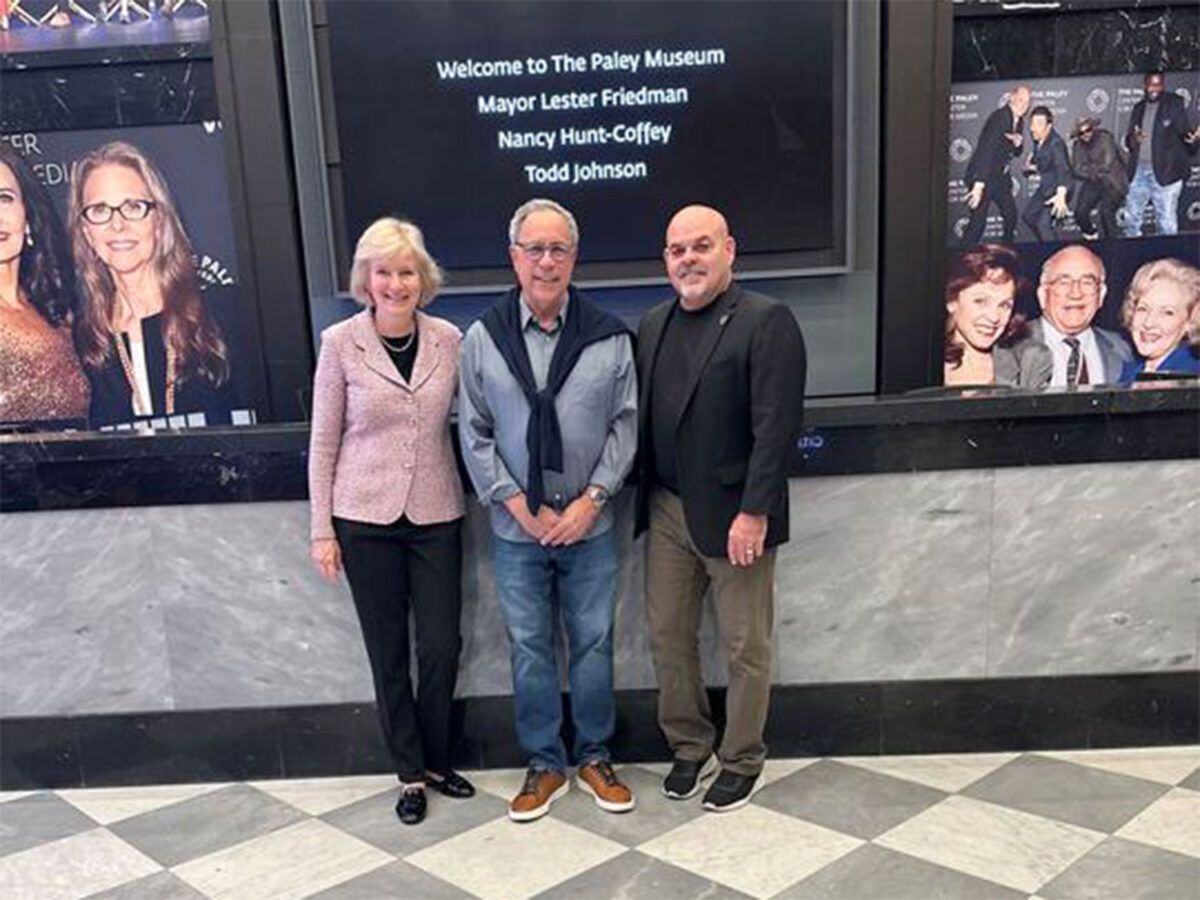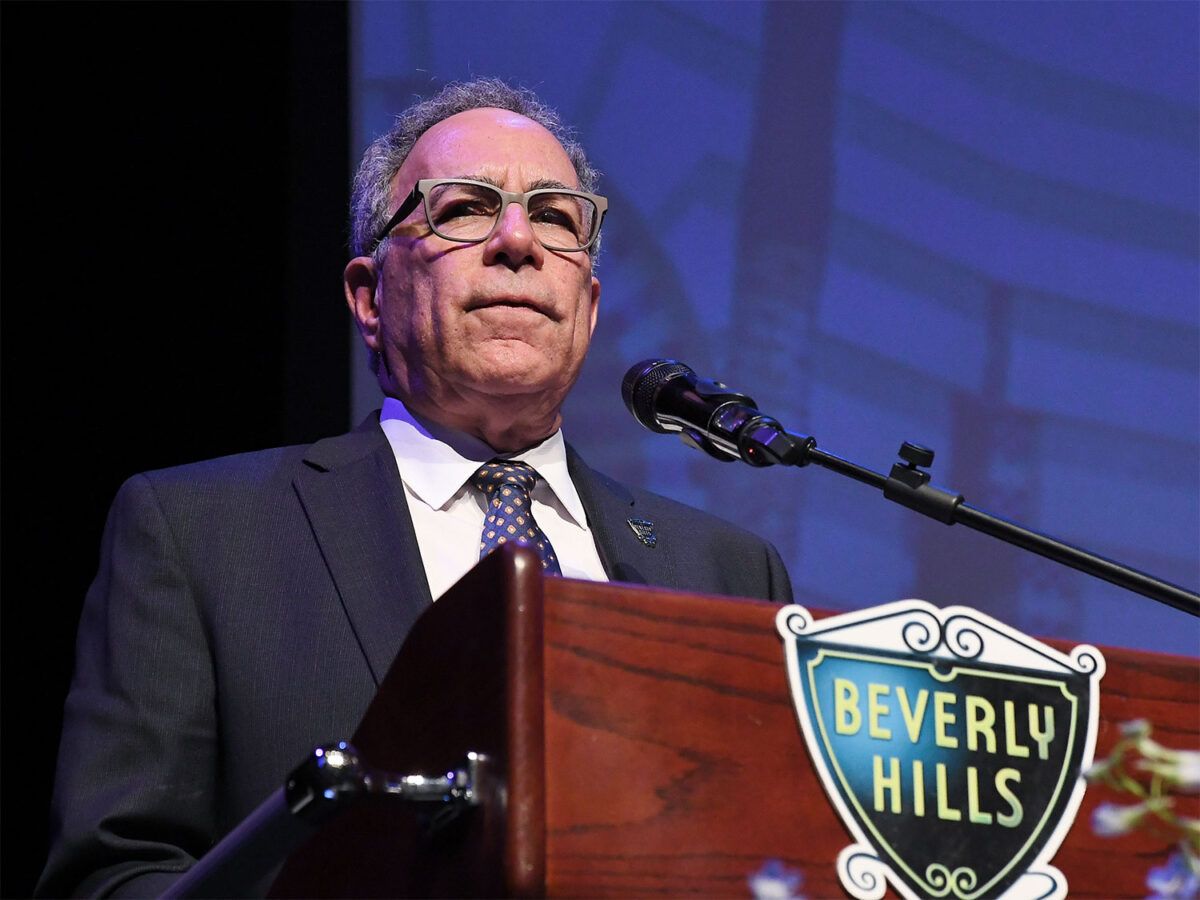Homelessness in Beverly Hills “seems to be increasing,” but it is “difficult to know with certainty.”
So read a report that Nancy Hunt-Coffey, assistant city manager, delivered to the Beverly Hills City Council, a five-page study that triggered two hours of heated discussion and community outcry.
At the three-hour affair’s end, no executive mandates or legislation was proposed.
Instead, Mayor Lili Bosse directed Hunt-Coffey who the city council elected last month to city manager, effective in January to return the second week of September after having further studied the issue.
Hunt-Coffey was instructed to review the present usefulness, or lack thereof, of an on-the-books law regarding the unhoused. And Bosse told Hunt-Coffey to see about expanding a homeless outreach team that the city’s Park Rangers piloted two weeks ago.
Bosse also called for “hardcore data and accountability.”
“We’re just hearing stories,” the mayor noted after a meeting that extensively discussed crime and mental illness but provided almost no statistics on either subject.
The scant data on Beverly Hills homelessness that does exist is a count conducted on one evening, at 9:30 p.m., each year.
In 2020, 16 unhoused people were counted, per Hunt-Coffey’s report. No 2021 tally took place due to the pandemic. In 2022, 27 people were counted.
Such numbers are a far cry from the 65,000 homeless residents overall in Los Angeles County.
Still, the count may jump in the daytime, which is when most Metro commuters go between Santa Monica and downtown Los Angeles, the report noted.
Under that theory, the number of homeless could increase further in 2024 when the Los Angeles County Metropolitan Transportation Authority is expected to finish the Wilshire/Rodeo Purple Line station.
Several residents testified that homelessness already threatens their way of life. These community members equated homeless people with making evening walks unsafe, harassing women, and posing threats to “regular persons,” as one resident put it.
One speaker proposed that Beverly Hills appoint a full-time prosecutor to deal with the issue. Another said that while she is a supporter of law enforcement, she felt police did not do enough to protect city residents from being accosted by “crazy” homeless people.
“Many of my peers are considering moving because they consider the situation hopeless,” testified Amy Conroy, who said she is afraid to let her children play outside.
Residents and council members referenced a circulated photo of a perhaps homeless person smoking crack cocaine outside the Rite Aid.
But for the most part, Bosse and council members attempted to see both the concerned resident’s perspective and that of the homeless.
Councilmember John Mirisch, for example, suggested “humanizing” the homeless population through the city taking data on their age and familial status.
“Are the homeless a danger?” said Councilmember Lester Friedman. “Perhaps, but more than likely not.”
“Being homeless, or being an eyesore, or smelling bad is not against the law,” Friedman said.
But the intersection between homelessness and lawlessness was up for debate.
The City of Beverly Hills does not per se outlaw homelessness. However, it is illegal to sit, lie or sleep on a public, street, alley or sidewalk in the city.
Bosse and Hunt-Coffey explored the potential absurdity of the law. The officials presented the hypothetical of a middle-aged woman sitting outside her favorite café while sipping iced tea and eating an avocado toast. Should the woman choose, for whatever reason, to sit on the sidewalk they would be in violation of the law.
The ordinance needs to be elaborated upon or perhaps thrown out, the mayor said.
“We’re not necessarily enforcing our own ordinance,” Bosse said. “I don’t think we ever want an ordinance we don’t enforce.”
The mayor also expressed concern about the homeless outreach team, which currently patrol two nights a week from
9 p.m. to 5:30 a.m. Bosse and other council members sounded support for expanding the program’s resources.
Other solutions, including addressing mental health issues that can lead to homelessness, may require Los Angeles County cooperation.
Hunt-Coffey mentioned a partnership with Los Angeles County in which a mental health social worker teams up with the Beverly Hills Police Department. But the program has not gotten off the ground, because, “The county is having some trouble hiring social workers.”
Hunt-Coffey said of the county, “They are working as quickly as they work to hire social workers.”
Though the Council was not sure what to do about homelessness, they had unambiguous feelings toward a United Nation’s commission regarding Palestinian territories disband it.
Mirisch wrote a resolution calling for the end of the International Commission of Inquiry on the Occupied Palestinian Territories, which unanimously passed the Council. It is the Council’s first resolution on an international issue since a March measure that condemned the Russian invasion of Ukraine.
The U.N. commission has convened meetings over the past year, and published a report in June regarding Middle East land including East Jerusalem.
Mirisch called such actions illegitimate due to commission members’ “pathological hatred of the Jews.”
“We see time and again that the United Nations looks to deny the historical connection between the Jewish people and their ancestral homeland,” said Mirisch. He argued that the international body condemns other prejudice but enable, “Jew hatred.”
Friedman and Bosse also voiced their support for a measure that they hoped would be replicated by municipal bodies across the world.







